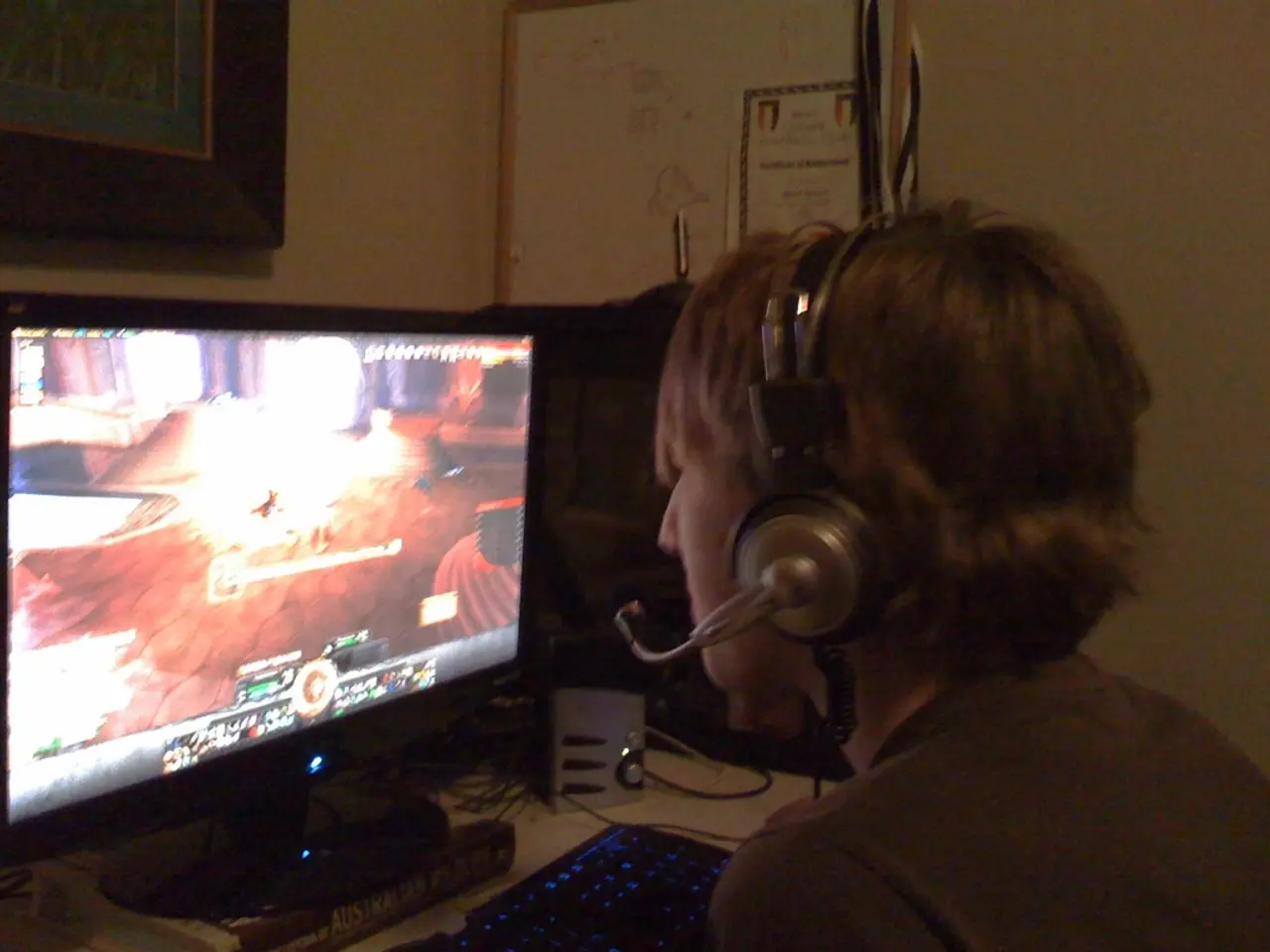Exploring Games within MRI Scanners: Toyota's Unanticipated Discoveries
In the realm of neuroscience, Toyota's RIKEN CBS-TOYOTA Collaboration Center (BTCC) is pushing into unknown territory with their cutting-edge research. The team, led by Project Manager Shintaro Yoshizawa, Ph.D., at the R-Frontier Division, is focusing on the untapped potential of Artificial Intelligence (AI).
The researchers are exploring a theory that damaged brains may reroute circuits through the spinal cord, a hypothesis that could be revolutionary in the field. This theory is supported by advancements in MRI technology, which have enabled the clear identification of neural connections at the level of nerve fibers.
Recent research has shown that the brain does not control everything; the spinal cord has localized control over the body. In the context of brain damage, if the spinal cord is intact, the body may still have movement. This localized control could play a supportive role in memory and functional recovery after brain damage.
The brain's temperature has been a topic of interest in this research. Until recently, measuring brain temperature required directly inserting a probe into the tissue. However, this method has been replaced by MRI due to increased sensitivity. The comic strip staple of steam coming out of a character's head is not far off the mark in representing the brain's temperature rise after a hard day of using your head at work, as MRI can map temperature changes in the brain.
To study this further, the team has been having people play games with a steering wheel-style controller inside an MRI machine. This setup allows them to study arm muscle activation and brain regions involved in these activities. The research has found that the brain behaves differently during unconscious and voluntary hand movements.
While the brain is the primary organ for memory processing, research using MRI and other neuroimaging techniques has shown that after brain injury, other parts of the nervous system—including the spinal cord—may adapt or compensate to preserve or restore certain neurological functions. Specifically, advanced MRI methods help identify alterations in brain connectivity and function following injury, which may include changes involving spinal cord pathways that contribute to motor and sensory function recovery and possibly indirectly support cognitive processes like memory by maintaining essential neural circuits.
However, more specific or direct sources would be required for concrete insights on Toyota’s MRI-based brain research and spinal cord roles in memory and brain damage recovery. The research at Toyota is undoubtedly making strides in understanding the complexities of the brain and the spinal cord, opening doors for potential advancements in neuroscience and AI.
- The exploration of brain damage-induced spinal cord circuit rerouting, a potential game-changer in neuroscience, is being supported by advancements in medical-conditions diagnostics like MRI technology.
- In the field of health-and-wellness and technology, the Toyota-RIKEN collaboration is using MRI-based research to investigate the spinal cord's role in memory and recovery after brain damage, potentially revolutionizing understanding about the brain and artificial intelligence.




